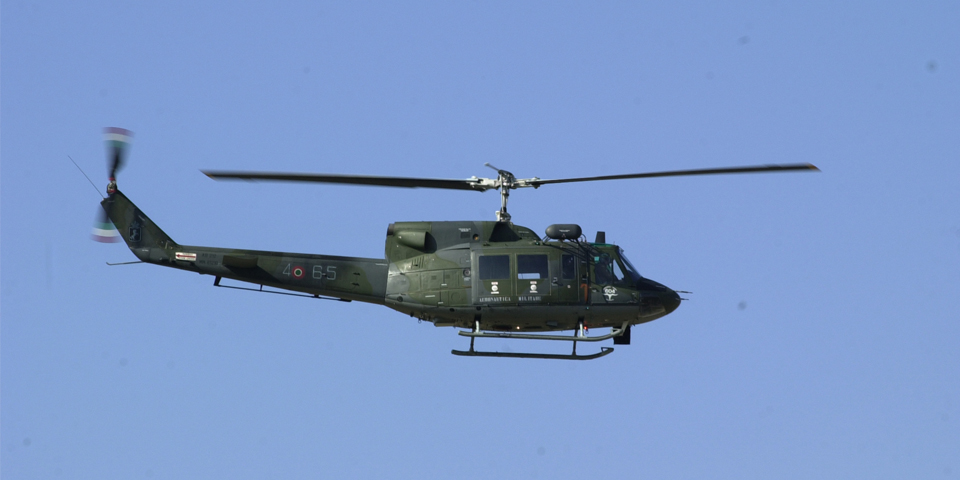The Italian helicopter industry was born and began its development in the early 1950s in Lombardy with the Agusta family, which at the start of that century had founded the Costruzioni Aeronautiche Giovanni Agusta company, later to become AgustaWestland and now Leonardo. The AB47G was the first Agusta helicopter, built under licence from Bell in the 1950s. This was the starting gun for a process of growth in terms of design, development and production, with mainly proprietary models, which led the company to become one of the major industry leaders at the global level and to enter into joint programmes with other European nations.
From the early days until today, the Italian Air Force has acquired nine models in different versions: AB47, AB204, SH-3D, HH-3F, A109, NH500, AB212, HH-139, HH-101.
The 1970s onwards saw continued development in terms of technology and innovation within the helicopter sector. The design of the AB 212 SAR, again under licence from Bell, dates back to 1968. Two versions were developed to be optimised for specific uses: the AB 212 ASW, an anti-submarine version in service with the Italian Navy, and the AB 212 SAR (Search and Rescue) produced for the Italian Air Force, which acquired the first three aircraft in 1979. Today, as many as 30 AB 212s are still in service with the Air Force fleet.

AB212 SAR, 1970
The HH-3F, a twin-engine military helicopter optimised for SAR and personnel recovery - produced in this case under licence from the Sikorsky Corporation - joined the Air Force fleet in 1977 with 35 aircraft. Nicknamed the “Pelican”, it completed more than 185,000 hours in flight, saving around 7,000 people, up until 2014. It was the predecessor of the market best-selling AW139, a helicopter used for SAR operations, medical evacuations, transport and fire-fighting missions, and - in recent years - also as a Slow Mover Interceptor on the occasion of major national events.


